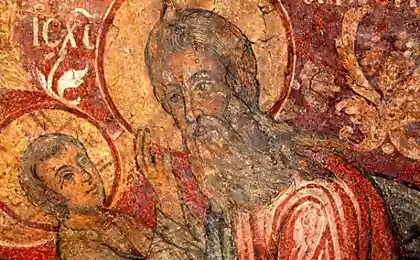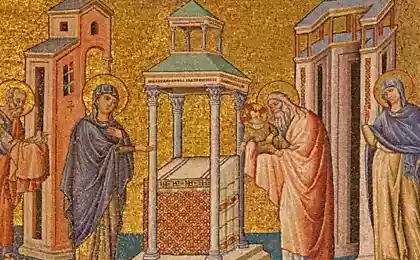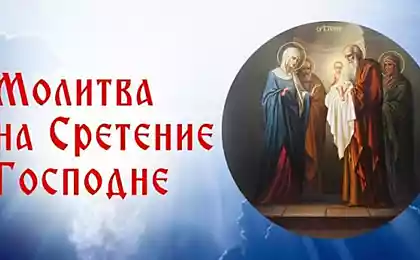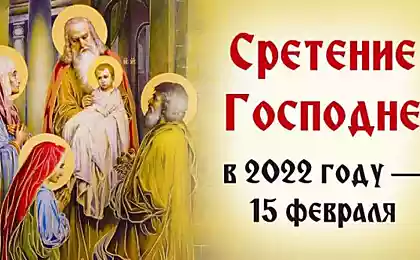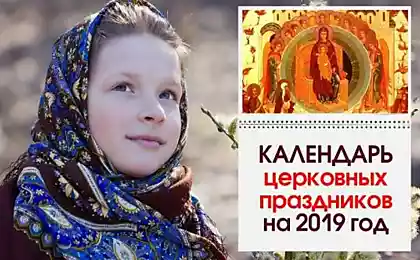161
What you need to do at the Meeting, so that the house is filled with prosperity, and the owners smiled luck
The meeting in 2024 Orthodox Christians can celebrate on the 2nd or 15th of February. The difference in numbers is explained by the orientation to the Julian or Gregorian calendars, since they have a deviation of 13 days. Both dates are historically valid and have a right to exist.

When exactly to celebrate Cretion in 2024, each parishioner must decide for himself, starting from personal views and beliefs. No one has the right to force a person to do anything, especially when it comes to the Christian faith.
The Meeting in 2024 is a majestic Christian celebration, the first memories of which are found in written documents of the III-IV centuries. The holiday was officially recognized by Byzantium in 542. It is based on an important event in the life of the newborn Jesus - his first meeting with the people. Sretenie - so called in the Old Slavonic language joyful meeting.
The meeting of the Lord is a church holiday, but in its conduct you can see the ancient pagan rituals of Kievan Rus, which are harmoniously intertwined with Christian rules. At first, Orthodox priests tried to fight this, but quickly realized that it would not be possible to completely eradicate the echoes of folk traditions.
Adhering to the Christian canons, believers in Crethenia attend church and pray with candles in their hands. Consecrated candles are taken home and hidden behind icons. Upon arrival, one is immediately lit before the images. It is believed that this candle will bring happiness and well-being to the house. And farmers believe that it is able to protect early shoots from frost.
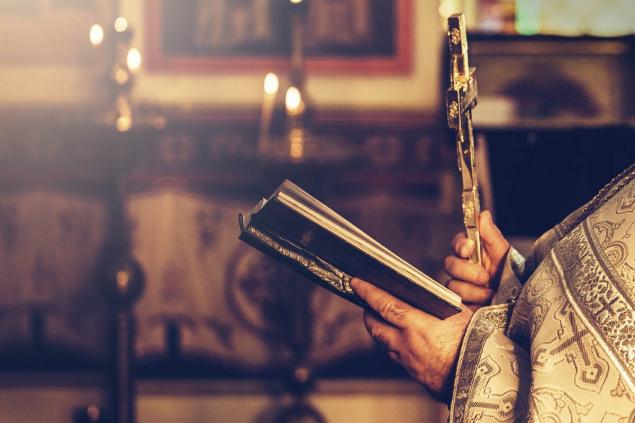
The candle was lit in the following cases:
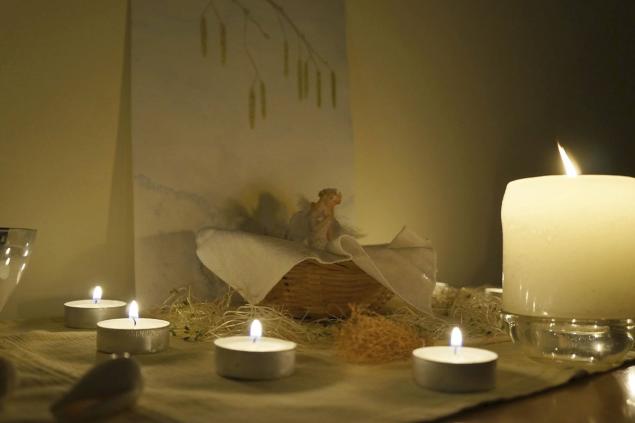
Our ancestors in the thaw collected drops under a canopy or drew water from a well if the day was frosty, and took it with them to the temple. The water consecrated at Sretie is valued no less than the baptized water. She irrigated the house to protect from evil spirits and attract wealth and luck to the family. Holy water was saved from damage, evil eye and ailments. She also sprinkled cattle in the stable and existing farm, so that the benefit was from everything.

Since ancient times, we have reached the legend, which has pagan roots, that winter meets with spring. We look forward to seeing who wins. There is a sign: if the holiday is kept cold, then winter is not in a hurry to go, and if there is a thaw and melt water drips from the roof, then spring is expected early and rapid.
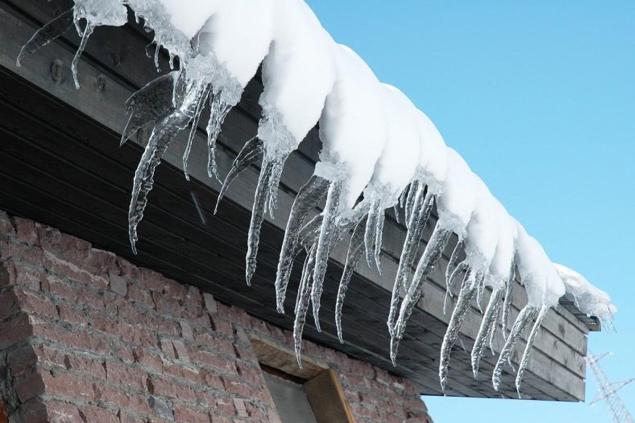
In the period of paganism, the holiday was called Zimoborets or Gromnitsa and organized mass festivities. The children gathered at sunset to call the sun. The children believed that the celestial body could look out again, and then frosts are no longer expected. In the old days, they feared the machinations of a houseman and were afraid that he would not ride a horse. Neither then nor now on this day, no one goes on a long journey, because the traveler will be accompanied by failure.
For the holiday, buns in the form of birds called "larks" were baked. For close people, small objects were hidden in the muffin. It could be rings, coins, beads or seeds. They predicted the future of man. Whether the “larks” serve as a pagan symbol of spring or denote pigeons sacrificed by the Virgin Mary, no one knows. Everything was so mixed up that it became a good tradition.
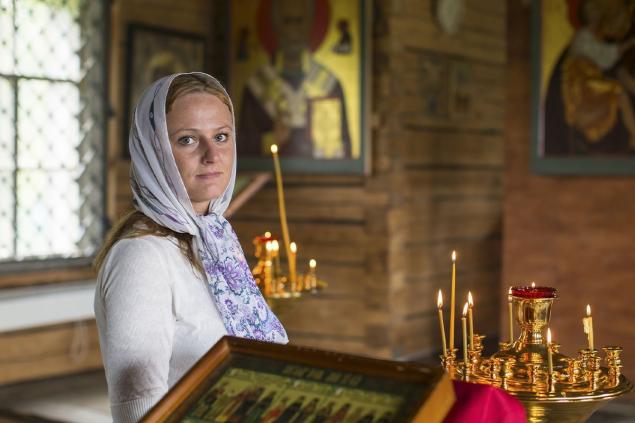
It is not accepted to engage in heavy physical labor, needlework and cleaning in the house. It is a sin to swear and grieve today. You cannot abuse alcohol and commit adultery on a church holiday. It is recommended to devote this day to prayers and spend it with friends and relatives.
How do you celebrate Crete in your family?

When exactly to celebrate Cretion in 2024, each parishioner must decide for himself, starting from personal views and beliefs. No one has the right to force a person to do anything, especially when it comes to the Christian faith.
The Meeting in 2024 is a majestic Christian celebration, the first memories of which are found in written documents of the III-IV centuries. The holiday was officially recognized by Byzantium in 542. It is based on an important event in the life of the newborn Jesus - his first meeting with the people. Sretenie - so called in the Old Slavonic language joyful meeting.
The meeting of the Lord is a church holiday, but in its conduct you can see the ancient pagan rituals of Kievan Rus, which are harmoniously intertwined with Christian rules. At first, Orthodox priests tried to fight this, but quickly realized that it would not be possible to completely eradicate the echoes of folk traditions.
Adhering to the Christian canons, believers in Crethenia attend church and pray with candles in their hands. Consecrated candles are taken home and hidden behind icons. Upon arrival, one is immediately lit before the images. It is believed that this candle will bring happiness and well-being to the house. And farmers believe that it is able to protect early shoots from frost.

The candle was lit in the following cases:
- weatherily
- from fear, envy, evil eye and corruption
- diseased
- momentary

Our ancestors in the thaw collected drops under a canopy or drew water from a well if the day was frosty, and took it with them to the temple. The water consecrated at Sretie is valued no less than the baptized water. She irrigated the house to protect from evil spirits and attract wealth and luck to the family. Holy water was saved from damage, evil eye and ailments. She also sprinkled cattle in the stable and existing farm, so that the benefit was from everything.

Since ancient times, we have reached the legend, which has pagan roots, that winter meets with spring. We look forward to seeing who wins. There is a sign: if the holiday is kept cold, then winter is not in a hurry to go, and if there is a thaw and melt water drips from the roof, then spring is expected early and rapid.

In the period of paganism, the holiday was called Zimoborets or Gromnitsa and organized mass festivities. The children gathered at sunset to call the sun. The children believed that the celestial body could look out again, and then frosts are no longer expected. In the old days, they feared the machinations of a houseman and were afraid that he would not ride a horse. Neither then nor now on this day, no one goes on a long journey, because the traveler will be accompanied by failure.
For the holiday, buns in the form of birds called "larks" were baked. For close people, small objects were hidden in the muffin. It could be rings, coins, beads or seeds. They predicted the future of man. Whether the “larks” serve as a pagan symbol of spring or denote pigeons sacrificed by the Virgin Mary, no one knows. Everything was so mixed up that it became a good tradition.

It is not accepted to engage in heavy physical labor, needlework and cleaning in the house. It is a sin to swear and grieve today. You cannot abuse alcohol and commit adultery on a church holiday. It is recommended to devote this day to prayers and spend it with friends and relatives.
How do you celebrate Crete in your family?
Astrologers told what will be in old age different signs of the zodiac
I always thought that I was lucky with my mother-in-law, because she lived far away and helped with money, but recently everything changed.
